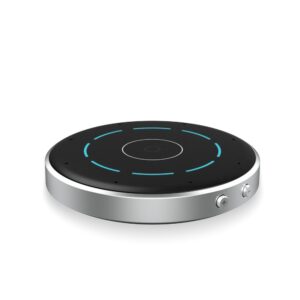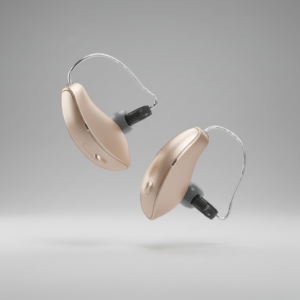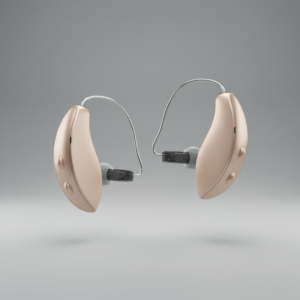Starkey Starlink Edge Table Microphone
$850.00
The StarLink Edge Table Microphone is Starkey’s next-generation tabletop accessory that lifts conversation out of background hubbub for Edge AI wearers.
Disclaimer: This product is only compatible with the Starkey Edge AI bluetooth enabled wireless hearing aids.
Your Item is also compatible with...
Sign Up To Our Newsletter
Stay up to date with our latest offerings, products, and hearing-health updates.


